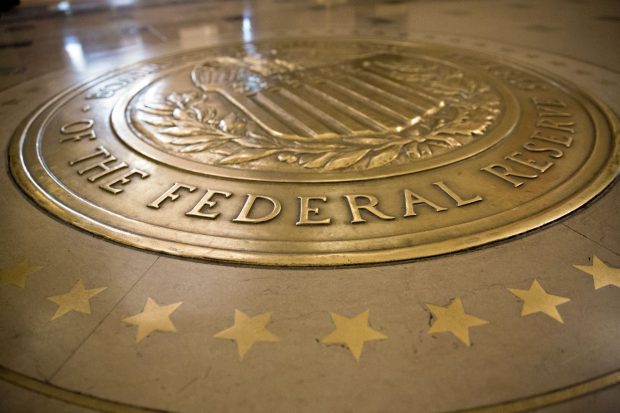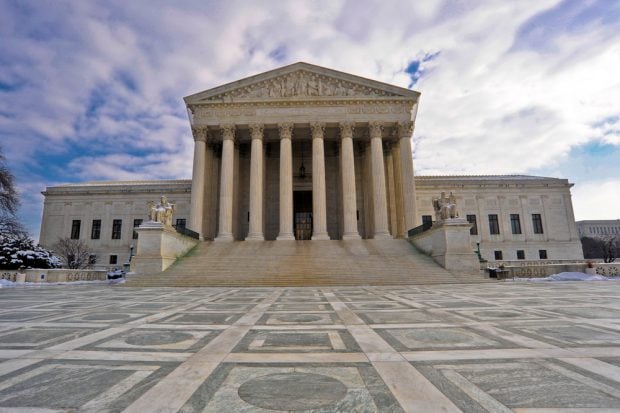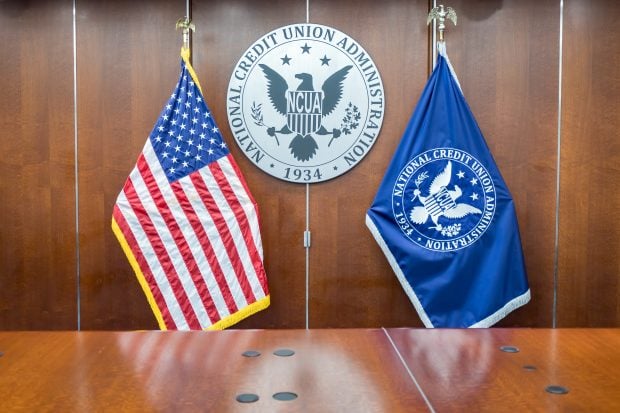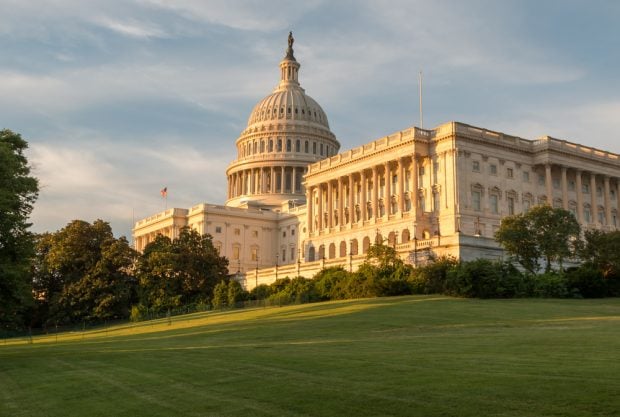
How much Wall Street might actually benefit from PresidentDonald Trump's deregulatory agenda is coming intofocus.
|Last week, federal agencies rolled out plans for overhaulingsome of the most significant constraints imposed on banks after the2008 financial crisis: capital requirements that are meant to makelenders better equipped to withstand losses, stress tests thatassess firms' ability to survive another economic calamity andrestrictions on leverage.
|On April 10, the Federal Reserve proposed making the stresstests less stressful, while tying capital demands much more closelyto how banks perform in the annual exams. On April 11, the Fed andOffice of the Comptroller of the Currency proposed easing limits onhow much banks can rely on borrowed money by tweaking the leverageratio rule, which is meant to prevent lenders from gettingdangerously overextended.
|Though compliance gurus are still poring over the details, themoves could aid Trump's goal of stoking lending by freeing upbillions of dollars of capital that banks were forced to amass inthe wake of the crisis. But the proposals also indicate thatregulators' overhaul of rules will be done with a scalpel, not amachete. That means much of the post-crisis framework is probablyhere for the long haul.
|“There is not revolutionary change here,” said Michael Alix, apartner at PricewaterhouseCoopers and a former official at theFederal Reserve Bank of New York. “The Fed is saying capital levelsare about right, and stress testing is here to stay.”
|In the wake of the big news, the lenders' army of Washingtonlobbyists have largely been silent, still trying to work out theanswers to some key questions:
|Who are the biggest winners?
Bank of New York Mellon Corp. and State Street Corp. could take thetop prize. The custody banks, which are known for safeguardingassets rather than lending out money, could have their capitaldemands reduced by as much as a third. They are also poised to getfurther breaks in their leverage limits should Senate legislationrevamping bank rules reach Trump's desk.
The Fed's new approach to more closely align capital with thestress tests should be good news for regional banks like SunTrustBanks Inc. and PNC Financial Services Group Inc. Such lenders wouldstill be subject to the exams, but would benefit from from slightlyeasier tests and also lower capital minimums.
|Some of the early assessments from Wall Street banks indicatethat it might be a different story for them.
|“It's fair to say that our minimum level of capital including amanagement buffer would likely be higher under this proposal,”Marianne Lake, JPMorgan Chase & Co.'s chief financial officer,said on an April 13 earnings call.
|How much bank capital will be unlocked?
The Fed and OCC proposal to limit bank leverage is broadly good forthe eight banking giants it affects, including JPMorgan, GoldmanSachs Group Inc. and Citigroup Inc. But how much capital itunshackles depends on a complicated array of factors.
Initially, the Fed estimates that the firms' bank holdingcompanies would have a negligible $400 million of newly freedcapital to pay out to shareholders or to buy back stock. Still,that figure is dwarfed by the $121 billion in excess capital theFed says its proposal might trigger at the companies' chief bankingsubsidiaries.
|On the other adjustment — the Fed's revision of stress tests andrisk-based capital — the agency estimated that it would cut thetotal cushion that the industry has to maintain by $30 billion.However, the regulator said capital demands for the biggest banksmight actually rise by as much as $50 billion. Goldman Sachsanalysts have a rosier outlook, projecting in a report last weekthat easing stress-test assumptions could free up more than $50billion in capital.
|If billions in capital is redeployed, where will itgo?
Bank investors salivating over big dividend hikes might bedisappointed. The $121 billion the Fed said could be redeployed byits leverage-ratio proposal comes with a catch. Banks can't justhand it out to their shareholders because the firms' holdingcompanies are already under specific limits on how much they candisperse.
What the bank subsidiaries could definitely do with the freedcapital is send it to their parent companies. From there, it can bedeployed to nonbank units such as broker-dealers or foreign bankingarms.
|Does this mean post-crisis rules have been ripped toshreds?
On the contrary.
While the changes have been long-anticipated, they keep in placethe oversight established after the crisis. The Fed's stress tests,the hundreds of Dodd-Frank Act regulations implemented by federalagencies and the bulk of capital restrictions hatched at the BaselCommittee on Banking Supervision are cemented in place.
|Even with Republicans in control of the White House andCongress, the GOP hasn't made any traction on its most aggressiveplans for eviscerating Dodd-Frank. The bipartisan bill that clearedthe Senate in March helps smaller lenders but does little for WallStreet. It's now awaiting a response from the House.
|There is more to come from regulators, assuming they live up topromises to ease restrictions such as Volcker Rule constraints onbank trading, Bank Secrecy Act enforcement pressures and somedemands of the Community Reinvestment Act.
|Will the regulators' proposals make banks lesssafe?
Opinions are split.
The Federal Deposit Insurance Corp., which is still run by aBarack Obama appointee, refused to sign on to the Fed and OCC'sleverage proposal.
|“Strengthening leverage capital requirements for the largest,most systemically important banks in the United States was amongthe most important post-crisis reforms,” FDIC chief MartinGruenberg said in a statement. This proposal, he said, dials back alimit that “served well” to curb excessive leverage.
|Marcus Stanley, policy director at Americans for FinancialReform in Washington, accused the Fed and OCC of “caving in to theagenda of too-big-to-fail banks” to make changes he called“irresponsible.”
|But in the Fed's proposal on stress tests, it aimed to make surethat Wall Street capital requirements are unchanged or even higher.Fed Vice Chairman for Supervision Randal Quarles said the effort“simplifies our capital regime while maintaining its strength.”
|JPMorgan's Lake said the proposed revision will “better reflectreality.”
|Copyright 2018 Bloomberg. All rightsreserved. This material may not be published, broadcast, rewritten,or redistributed.
Complete your profile to continue reading and get FREE access to CUTimes.com, part of your ALM digital membership.
Your access to unlimited CUTimes.com content isn’t changing.
Once you are an ALM digital member, you’ll receive:
- Critical CUTimes.com information including comprehensive product and service provider listings via the Marketplace Directory, CU Careers, resources from industry leaders, webcasts, and breaking news, analysis and more with our informative Newsletters.
- Exclusive discounts on ALM and CU Times events.
- Access to other award-winning ALM websites including Law.com and GlobeSt.com.
Already have an account? Sign In
© 2024 ALM Global, LLC, All Rights Reserved. Request academic re-use from www.copyright.com. All other uses, submit a request to [email protected]. For more information visit Asset & Logo Licensing.









